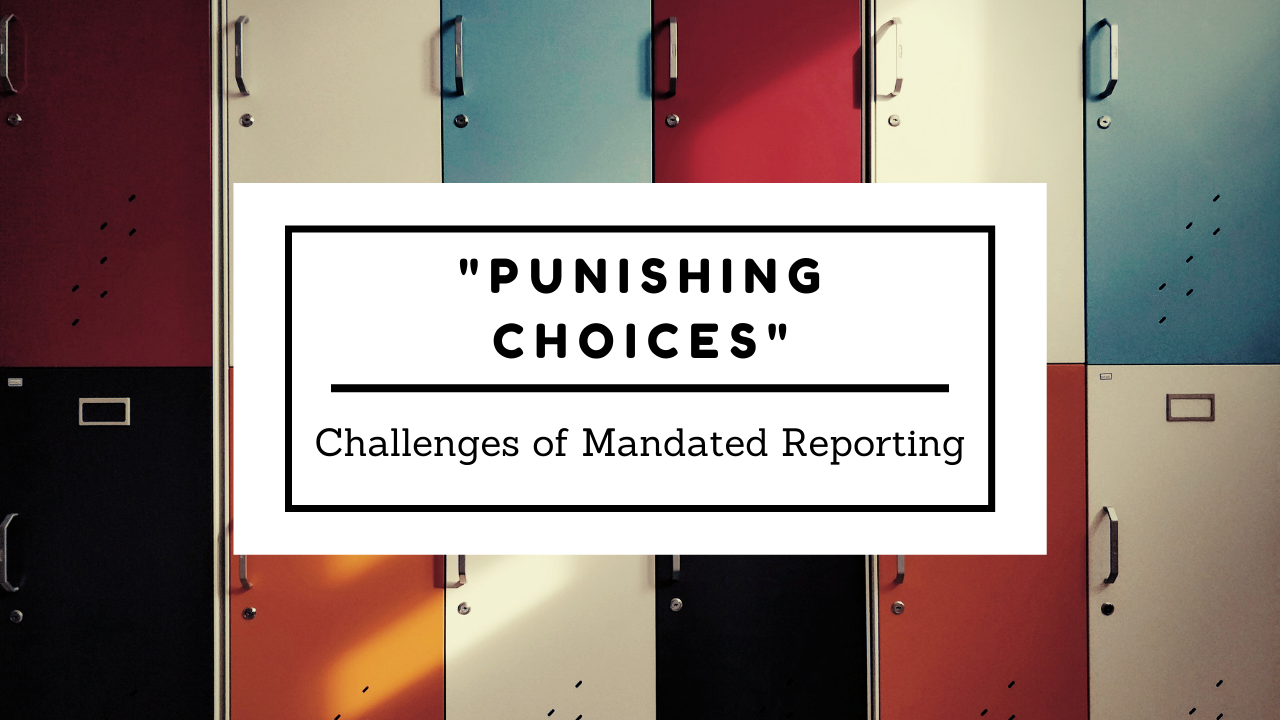 Snapshot: A teacher in a new community struggles with whether or not a family's disciplinary choices constitute abuse. And - if she does indeed think that one of her students is being abused - is calling a dysfunctional DCS going to make things better for the student?
Snapshot: A teacher in a new community struggles with whether or not a family's disciplinary choices constitute abuse. And - if she does indeed think that one of her students is being abused - is calling a dysfunctional DCS going to make things better for the student?
Case Description: In most states, teachers and, frequently, other members of school faculty and staff are legally designated mandated reporters. If they suspect a child is being abused or neglected, they are required to report their concerns to the proper authorities. This can lead to children being removed from their homes and placed into the care of the state. While this is undoubtedly in the best interest in the child in many cases, it isn’t always clear that removing a child from his or her family is the right decision.
The decision to report is especially fraught in areas with high levels of support for corporal punishment. Although approval has fallen over the past three decades, recent opinion polling reveals that over 70% of Americans still approve of corporal punishment. Importantly, these views differ by race, class and region. Especially because there is a substantial body of research suggesting that corporal punishment is ineffective and potentially harmful, professional educators may find themselves odds with their communities. In some cases, the line between reportable abuse and corporal punishment is razor thin. This case explores one teacher’s decision to either report her concerns about possible child abuse or not. How do you know when corporal punishment has transformed into child abuse? Should she risk having her student removed from his family?
"Punishing Choices" is helpful for teachers and school administrators who want to explore the challenges inherent in protecting children from abuse and neglect. Among other issues, this case explores the challenges inherent in navigating cultural differences, determining the line between abuse and corporal punishment and judging whether or not foster care is actually in the best interests of the child. Groups may want to use the “case study discussion protocol” to guide their conversation about this case.
Additional Resources:
-
For information on state law regulating mandated reporters:
https://www.childwelfare.gov/pubPDFs/manda.pdf
-
For an overview of contemporary research on the effectiveness of corporal punishment
https://www.apa.org/monitor/2012/04/spanking.aspx
https://www.brookings.edu/research/hitting-kids-american-parenting-and-physical-punishment/
-
For information on public opinion regarding corporal punishment:
https://fivethirtyeight.com/datalab/americans-opinions-on-spanking-vary-by-party-race-region-and-religion/

